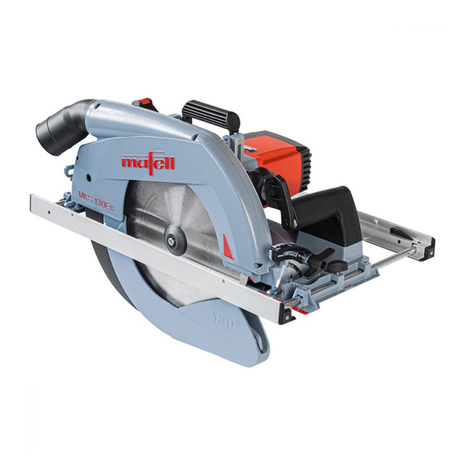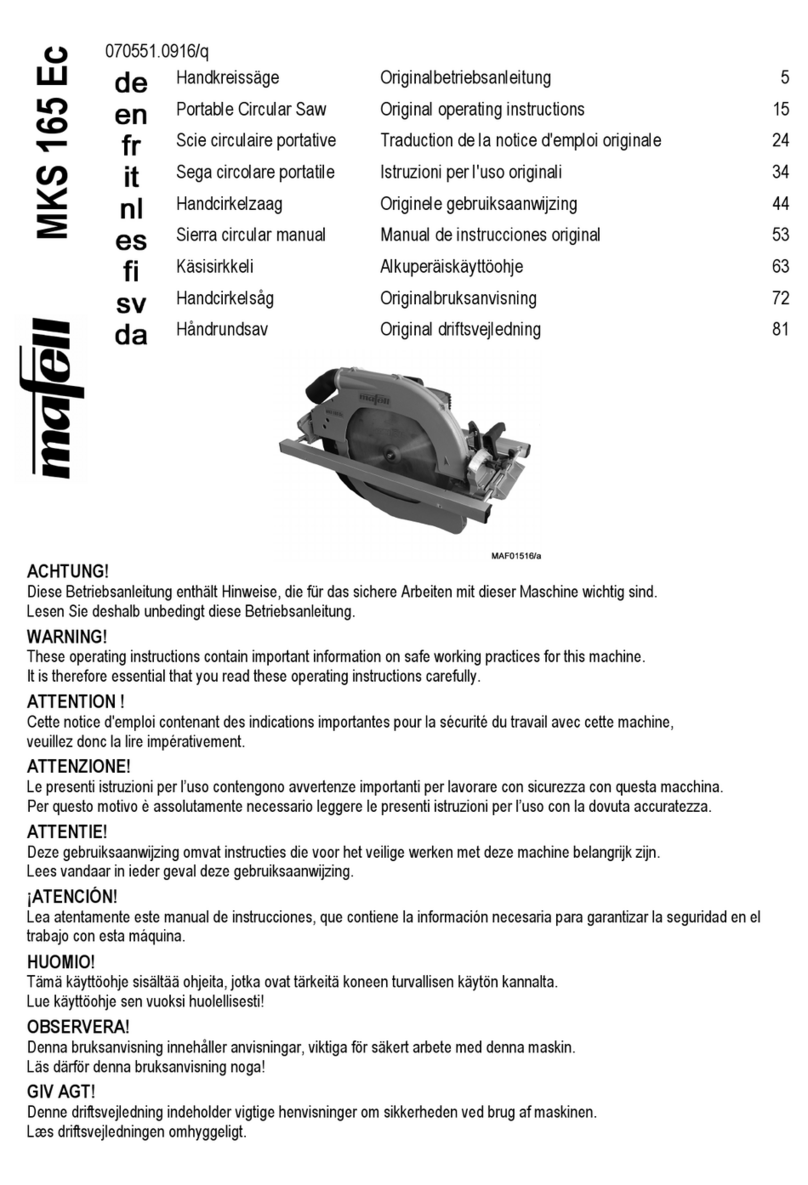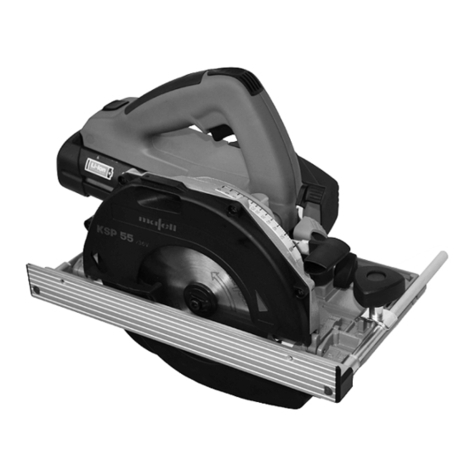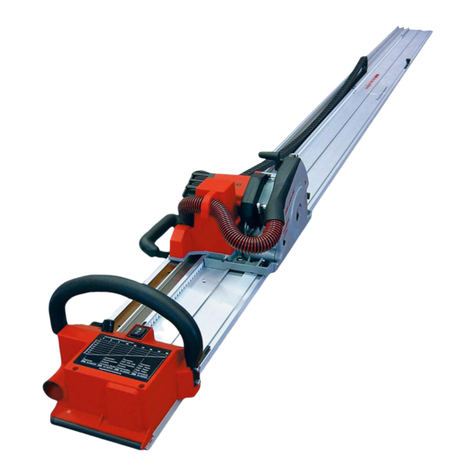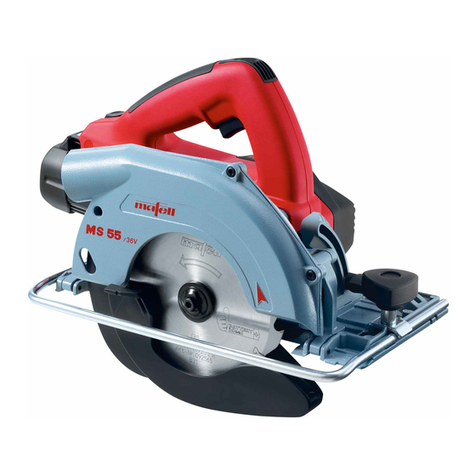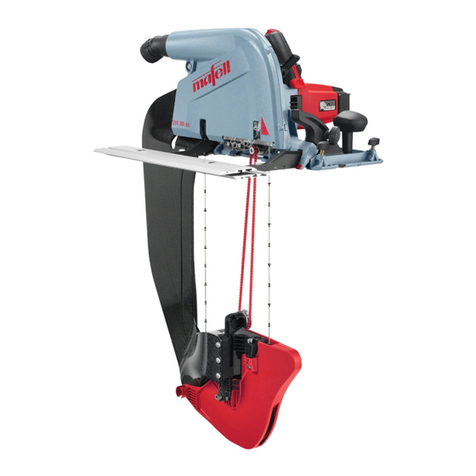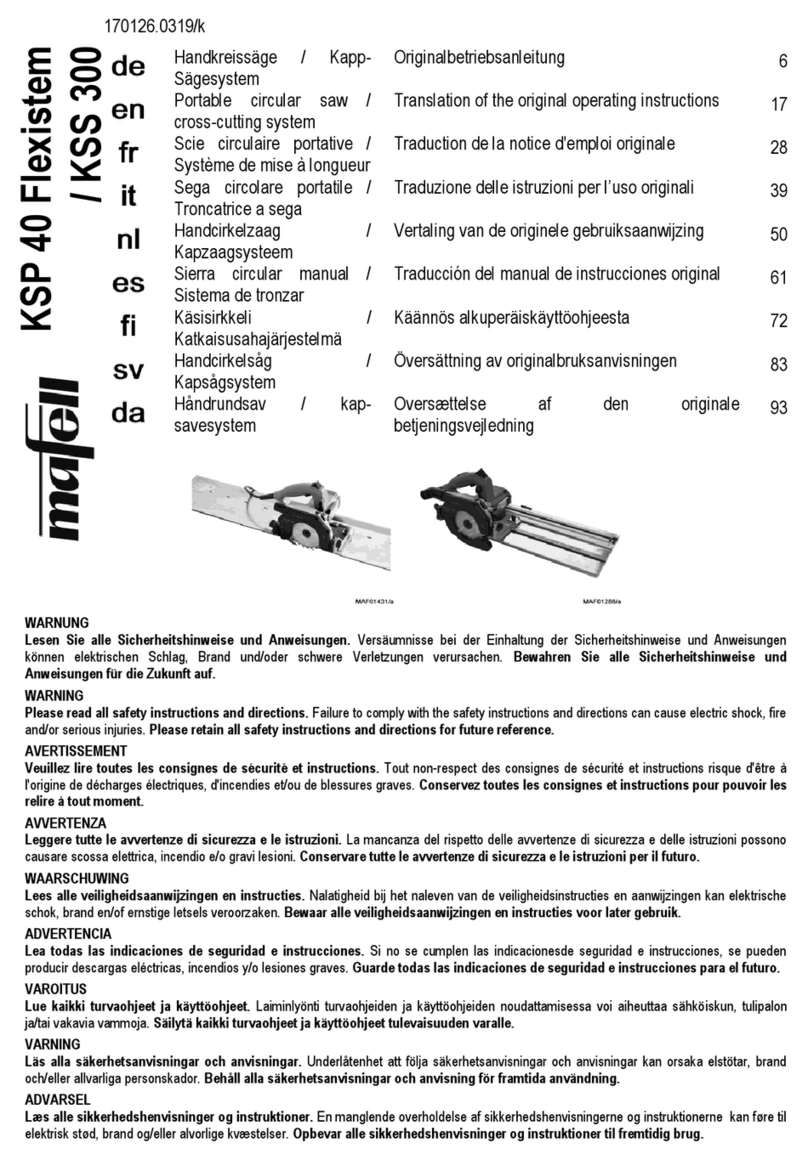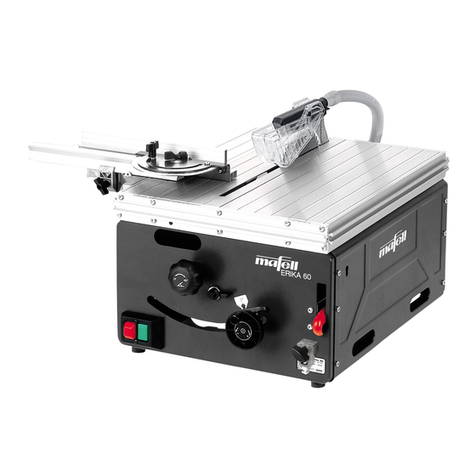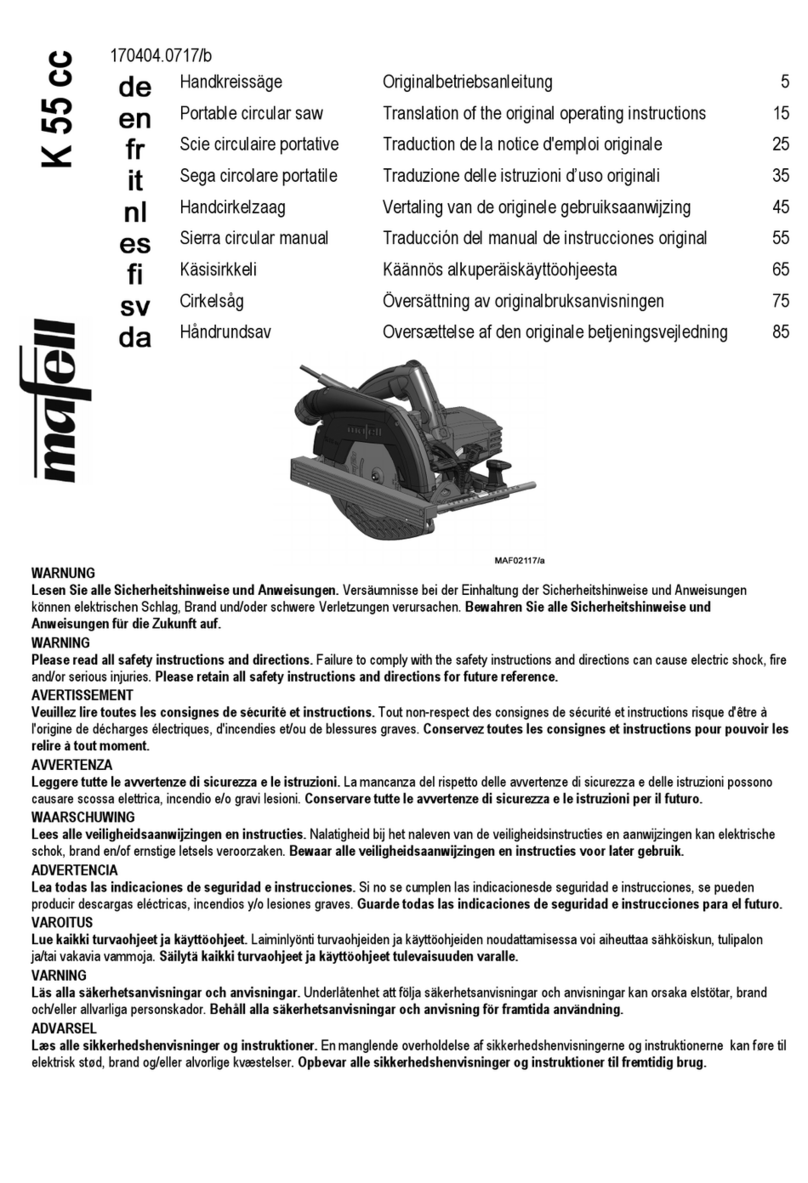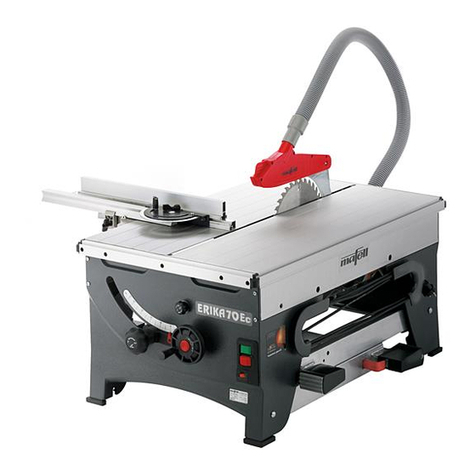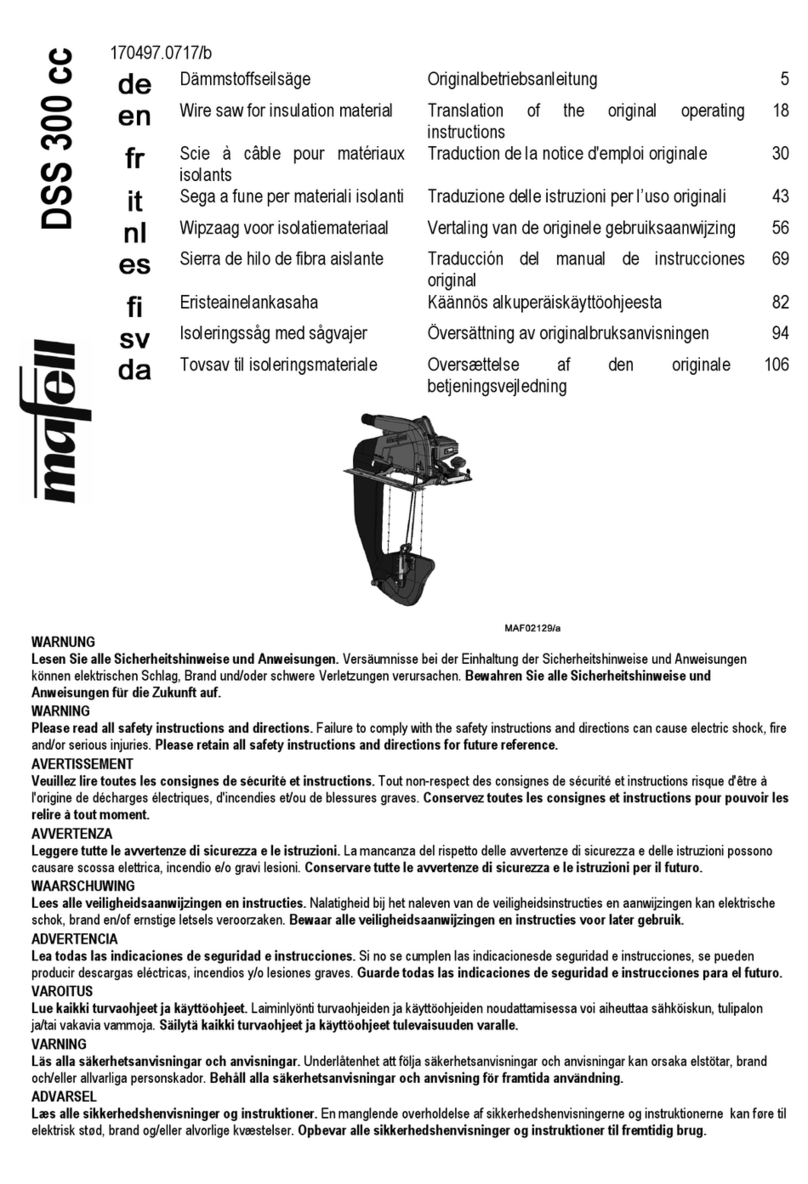English
Table of contents
1Signs and symbols ........................................................................................................... 3
1.1 Identification of the device................................................................................................5
2Product specifications ......................................................................................................5
2.1 Technical data .................................................................................................................. 5
2.2 Scope of delivery.............................................................................................................. 6
2.3 Adjustment elements........................................................................................................6
3General safety .................................................................................................................. 7
3.1 Intended use..................................................................................................................... 7
3.2 Foreseeable misuse .........................................................................................................7
3.3 Safety instructions ............................................................................................................ 8
3.4 Specific safety rules .........................................................................................................9
3.5 Safety devices ................................................................................................................13
3.6 Residual risks ................................................................................................................. 14
4Setup / adjustment .........................................................................................................14
4.1 Mains connection ...........................................................................................................14
4.2 Routing of the connecting cable ..................................................................................... 14
4.3 Chip extraction ............................................................................................................... 15
4.4 Saw blade selection .......................................................................................................15
4.5 Changing the saw blade.................................................................................................15
4.6 Riving knife..................................................................................................................... 18
5Operation........................................................................................................................19
5.1 Startup............................................................................................................................19
5.2 Switching on ...................................................................................................................19
5.3 Switching off ...................................................................................................................19
5.4 Cutting depth setting ...................................................................................................... 20
5.5 Setting for bevel cuts......................................................................................................20
5.6 Plunge cuts..................................................................................................................... 21
5.7 Shadow gap cuts............................................................................................................ 22
5.8 Sawing with the Flexi bar ............................................................................................... 23
5.9 Sawing along markings ..................................................................................................24
5.10 Sawing with the parallel guide fence .............................................................................. 25
5.11 Working with the guiding device..................................................................................... 26
6Service and maintenance...............................................................................................26
6.1 Storage........................................................................................................................... 26
7Troubleshooting.............................................................................................................. 26
8Optional accessories ...................................................................................................... 28
9Exploded view and spare parts list................................................................................. 28
